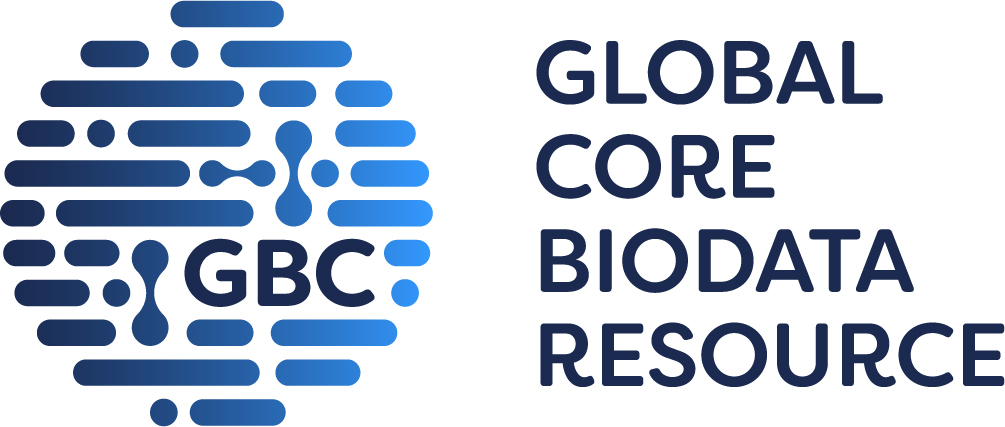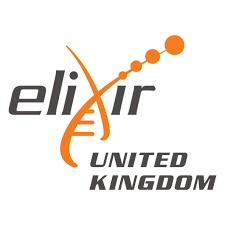
ginkgolide B [Ligand Id: 1862] activity data from GtoPdb
Click here for a description of the charts and data table
Please tell us if you are using this feature and what you think!
|
There should be some charts here, you may need to enable JavaScript!
|
There should be some charts here, you may need to enable JavaScript!
|
There should be some charts here, you may need to enable JavaScript!
|
|
There should be some charts here, you may need to enable JavaScript!
|
|
There should be some charts here, you may need to enable JavaScript!
|
|
There should be some charts here, you may need to enable JavaScript!
|
|
There should be some charts here, you may need to enable JavaScript!
|
| DB | Assay description | Assay Type | Standard value | Standard parameter | Original value | Original units | Original parameter | Reference |
|---|---|---|---|---|---|---|---|---|
| PAF receptor in Mouse [GtoPdb: 334] [UniProtKB: Q62035] | ||||||||
| GtoPdb | - | - | 6.2 | pKi | - | - | - |
J Med Chem (2003) 46: 601-608 [PMID:12570381]; J Med Chem (2002) 45: 4038-46 [PMID:12190325] |
| 5-HT3AB in Human [GtoPdb: 378] | ||||||||
| GtoPdb | - | - | 2.41 | pIC50 | 3900000 | nM | IC50 | Neuropharmacology (2011) 60: 488-95 [PMID:21059362] |
| 5-HT3A in Human [GtoPdb: 379] | ||||||||
| GtoPdb | - | - | 3.14 | pIC50 | 730000 | nM | IC50 | Mol Pharmacol (2011) 80: 183-90 [PMID:21505038] |
| glycine receptor α1 subunit in Human [GtoPdb: 423] [UniProtKB: P23415] | ||||||||
| GtoPdb | - | - | 6.2 | pIC50 | 600 | nM | IC50 | |
| glycine receptor α2 subunit in Human [GtoPdb: 424] [UniProtKB: P23416] | ||||||||
| GtoPdb | - | - | 5.4 | pIC50 | 3700 | nM | IC50 | |
| glycine receptor α3 subunit in Human [GtoPdb: 425] [UniProtKB: O75311] | ||||||||
| GtoPdb | - | - | 5.7 | pIC50 | 1800 | nM | IC50 | |
| glycine receptor β subunit in Human [GtoPdb: 427] [UniProtKB: P48167] | ||||||||
| GtoPdb | - | - | 6.3 | pIC50 | 550 | nM | IC50 | |
| GtoPdb | - | - | 6.7 | pIC50 | 180 | nM | IC50 | |
| GtoPdb | - | - | 6.9 | pIC50 | 140 | nM | IC50 | |
Our curators have not yet identified this ligand in ChEMBL, but you may find additional data by searching on the ChEMBL site using the ligand's name or structure.







